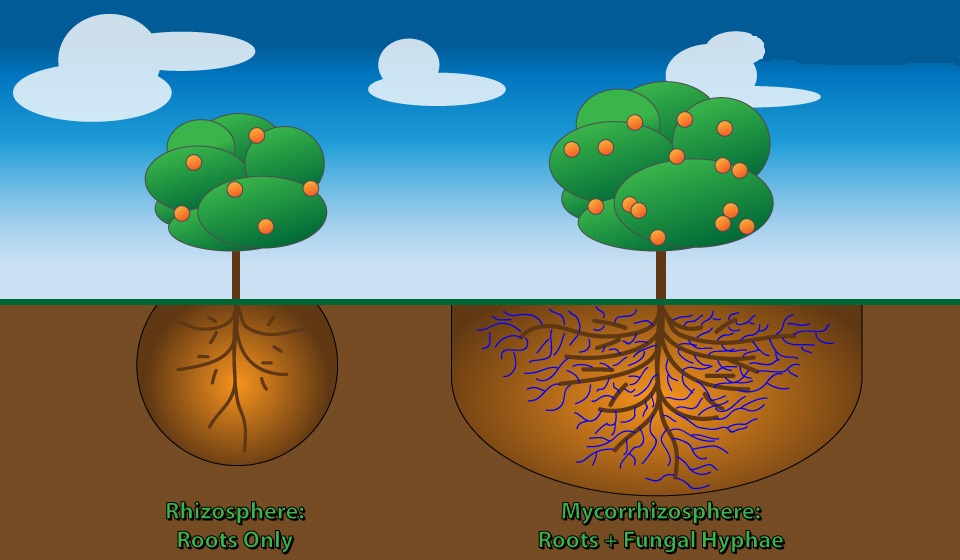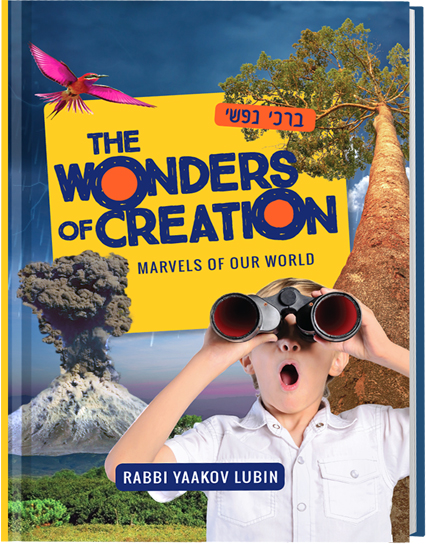FANTASTIC FUNGI

What do you think is the largest living thing on earth? It’s not a blue whale or giant redwood tree, but a really big fungus. In the soil of Oregon’s Blue Mountain Forest lies a honey fungus that is over four square miles long (about 1,665 football fields) and weighs over a hundred tons! Don’t worry, this monster won’t eat you as fungi (plural for fungus) prefer to eat things that have already died.
How a fungus eats is pretty interesting as they don’t actually have mouths. The body of a fungus, called the mycelium, is usually found underground and is made up of a network of threadlike structures called hyphae. When fungi find food, their hyphae secrete digestive juices onto it. After it is broken down, the nutrients are absorbed directly into their bodies. The unique eating ability of fungus enables them to grow on and eat just about anything and helps them carry out what is perhaps their most important job, taking out the trash.


I like to think of Fungi as the garbage men of the planet because whenever something dies it is eaten and disposed of by fungus. In a short amount of time, what was a dead animal or fallen tree vanishes, ensuring the world stays clean and beautiful. Another benefit of their eating is how fungus help recycle. By breaking down what they eat into microscopic pieces, they enable those nutrients to be used again and help new life grow.
Fungi are able to find things shortly after they die with the help of mushrooms. Mushrooms are sort of like the ‘fruit’ of fungus in that they have thousands of microscopic ‘seeds’ we call spores that are capable of growing into a new fungus. They are released into the air and fly around until they find something to grow on like a dead tree or piece of meat you forgot to take out of your lunch box.


Unfortunately, when most people think of fungus they associate them with itchy feet, rotting food and moldy walls. The reality is that the benefits they bring us far out way the trouble they cause. For instance, about 80 percent of all plant life need a type of fungus that live on their roots called mycorrhizae in order to grow properly. The hyphae of mycorrhizae can extend 200 times further than roots of trees, enabling them to get much more water and nutrients from the soil than they would without their help. In return for the favor, plants send the fungus a portion of the food they make.
So the next time you see slimy stuff growing on your walls or weird looking growths on food you forgot to throw away, after being grossed out, you may want to take a minute or two to think about how Hashem made such a fantastic thing we call fungus that helps us in so many ways like keeping forests clean, providing us with tasty treats, making medicines and more.
Article Taken from "Barchi Nafshi, The Wonders of Creation"

